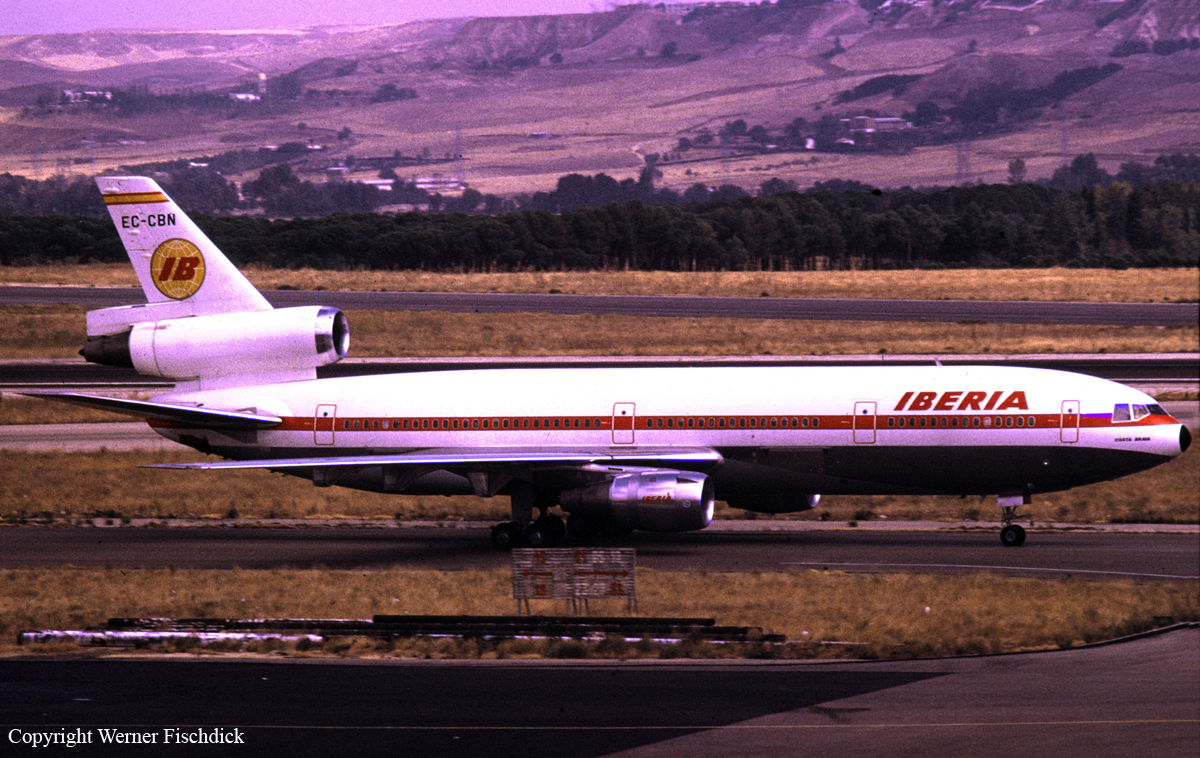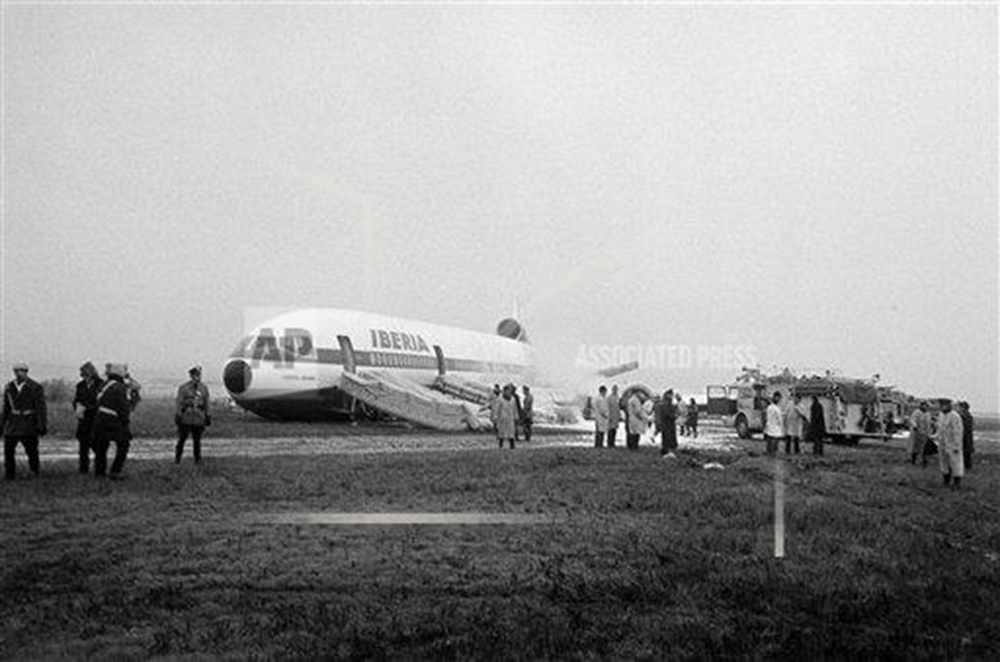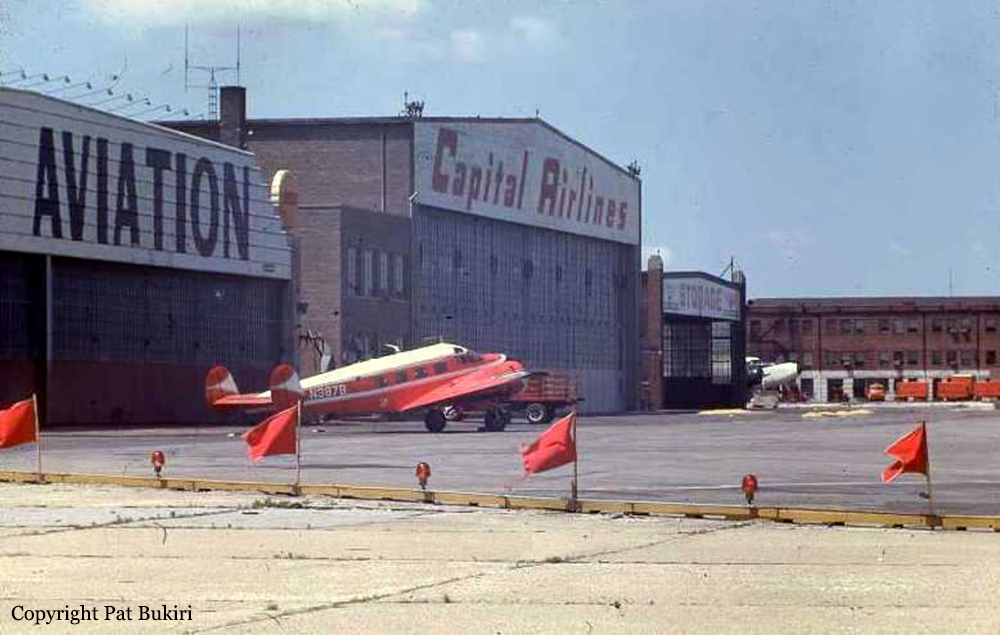Crash of a Douglas DC-3A in West Palm Beach
Date & Time:
Registration:
N19428
Survivors:
Yes
Schedule:
Orlando - West Palm Beach
MSN:
11648
YOM:
1943
Flight number:
SHW103
Crew on board:
3
Crew fatalities:
Pax on board:
30
Pax fatalities:
Other fatalities:
Total fatalities:
0
Captain / Total hours on type:
509.00
Circumstances:
While approaching West Palm Beach on a flight from Orlando, both engines failed simultaneously. The captain reduced his altitude and attempted an emergency landing on a highway when he saw the presence of a truck. To avoid a collision, he made a sharp maneuver when the airplane crashed. All 33 occupants were evacuated safely while the aircraft was damaged beyond repair.
Probable cause:
Double engine failure on approach caused by a fuel exhaustion. The following factors were reported:
- Inadequate preflight preparation,
- Mismanagement of fuel,
- Inattentive to fuel supply,
- Fuel exhaustion,
- Failure of both engines,
- Diverted attention from operation of aircraft,
- Failed to see and avoid objects or obstructions,
- Evasive maneuver to avoid collision,
- Forced landing off airport on land,
- Aircraft flown about seven hours since last recorded refueling.
- Inadequate preflight preparation,
- Mismanagement of fuel,
- Inattentive to fuel supply,
- Fuel exhaustion,
- Failure of both engines,
- Diverted attention from operation of aircraft,
- Failed to see and avoid objects or obstructions,
- Evasive maneuver to avoid collision,
- Forced landing off airport on land,
- Aircraft flown about seven hours since last recorded refueling.
Final Report:









